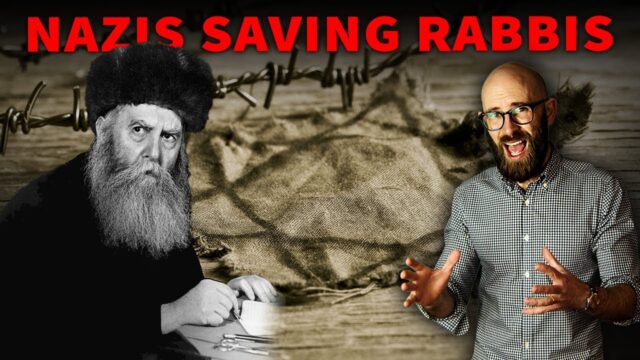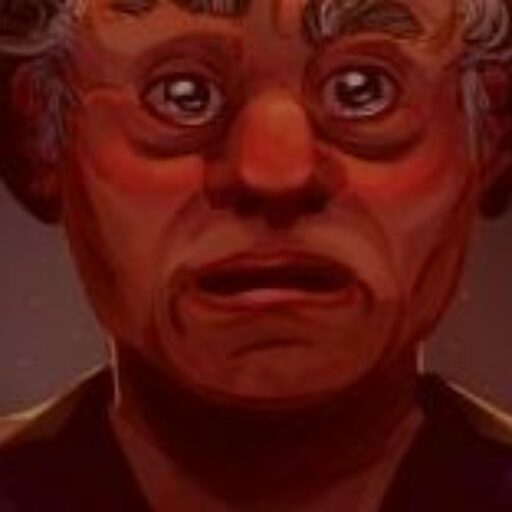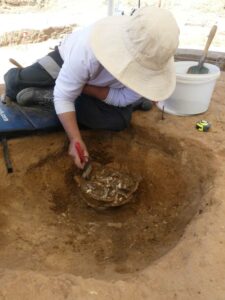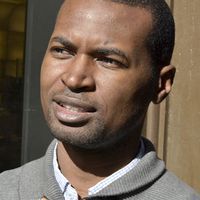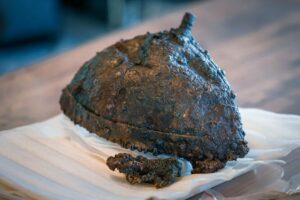“Unlikely Allies: The Shocking Nazi Mission to Rescue a Jewish Leader that Shook History”
According to Bryan Mark Rigg, author of the 2006 book Rescued from the Reich: How One of Hitler’s Soldiers Saved the Lubavitcher Rebbe, Admiral Canaris laid out Bloch’s improbable mission in stark terms:
“You’re going to go up to Warsaw and you’re going to find the most ultra-Jewish Rabbi in the world, Rabbi Yoseph Yitzchak Schneersohn, and you’re going to rescue him. You can’t miss him, he looks just like Moses.”
Despite his background, Bloch was a fully assimilated Christian and had little affinity towards the Jewish community. Yet he followed his orders dutifully and dispassionately. Along with two assistants, Unterfeldwebel or Sergeant Klaus Schenk and Grefreiter or PrivateJohannes Hamburger, he travelled to Warsaw and began searching the city’s enormous Jewish Ghetto for Rebbe Schneerson. According to Bryan Rigg, it proved a difficult task:
“He would go up to ultra-Orthodox Hasidic Jews, wearing a Nazi uniform with swastikas, and say, ‘I’m looking for the Rebbe.’ And they’d say to him, ‘Yeah, and we want to shave off our beards and join the German army.’ Then they would walk away.”
In late October, Bloch was provided with the Rebbe’s last known address, Bonifraterska 29, only to discover that the building had been destroyed. This information was passed on to Max Rhoade back in New York City, who on November 14 sent a telegram to the International Red Cross in Geneva informing them that:
“German military officer detailed to locate Rabbi Joseph Issac Schneersohn … Schneersohn not apprised officer’s mission. Hope you can devise method of communicating information to Schneerson … detailing of German officer done at request of Schneersohn’s friends … urgent … take advantage opportunity.”
The Red Cross duly dispatched a messenger to Warsaw with a telegram guaranteeing safe passage to Riga for Schneerson and his family and instructing the Rebbe to immediately turn himself in to the Gestapo. The messenger eventually succeeded in locating Schneerson, who had been hiding out in the Warsaw Ghetto under miserable conditions and was in failing health. Reluctantly, Schneerson contacted Major Bloch, who soon arrived at the Rebbe’s hideout. As Schneerson’s grandson Shemaryahu Gurary later recalled:
“It was so overwhelming. As soon as we got to the door they rushed right in. There was primarily one guy, and he used every dialect of German that you could think of. During the time the soldiers were there my grandfather was calm and composed on the outside. He was a sick man and it got to him after a while. He was a very strong personality, but not very strong physically. He was exhausted.”
But Schneerson was far from safe. The Schutzstaffel or SS, the paramilitary wing of the Nazi Party, intensely distrusted Admiral Canaris and the Abwehr, and sought out any excuse to discredit and dismantle the organization. Bloch thus faced the daunting task of smuggling Rebbe Schneerson and his entourage out of Warsaw without under the noses of the Sicherheitsdienst or SD – the SS Security Service run by the notorious Reinhard Heydrich. This was made especially difficult by the fact that Schneerson and his entourage refused to shave their beards or remove their traditional clothing. Bloch thus decided to take his 19 charges to Berlin to throw the SD off the scent, passing them off as political prisoners. As Shemaryahu Guary remembered:
“We had to go through various military checkpoints. with one person who was our escort. We marveled at his way of handling things…On the train … if a conductor came over, [Bloch] would handle the conversation. The difficulty was making sure nobody kicked us out of the compartment we were in. I remember one episode when an angry German officer came up to us and said, ‘Why are these Jews sitting in the compartment when the officers are in the corridor?’ Bloch had to do quite a bit of explaining, and he did.”
In Berlin, Schneerson and his entourage were taken to the city’s Jüdische Gemeinde or Jewish Community Centre, where they met with the Latvian ambassador to Germany and received their Latvian visas. The next day Bloch escorted the group to the Latvian border, which they crossed without incident. On December 17, Mordecai Rubin wrote to Rabbi Jacobsen in New York that “Rabbi and family arrived well Riga.”
But while the Rebbe and his followers expected swift passage to the United States, they soon ran into political resistance. Breckenridge Long, head of the Visa Section of the State Department, was a rabid anti-semite and refused to grant the group immigration visas. Once again, however, the American Chabad community intervened, with Max Rhoade invoking a 1921 exception to the quota for European immigrants allowing passage to religious ministers with active congregations in the country. In January 1940, Long reluctantly issued the visas, and Rebbe Schneerson left Riga along with his mother Sarah, his wife Chana, his son Berka, his grandson Shemaryahu, and his followers Chaim Hodakov and Nissan Mindel and their families. They left just in time; in October 1939, under the terms of the Molotov-Ribbentrop non-aggression pact between Adolf Hitler and Josef Stalin, the Soviet Union forced Latvia to accept the stationing of 30,000 Red Army troops in their territory, who swiftly deposed and murdered many government officials and installed a puppet government headed by Augusts Kirhensteins. In August 1940, the country was absorbed into the Soviet Union as the Latvian Soviet Socialist Republic while in June 1941 it was invaded by Nazi Germany as part of Operation Barbarossa.
